Home>Gardening & Outdoor>Landscaping Ideas>When To Cut Grass After Weed And Feed
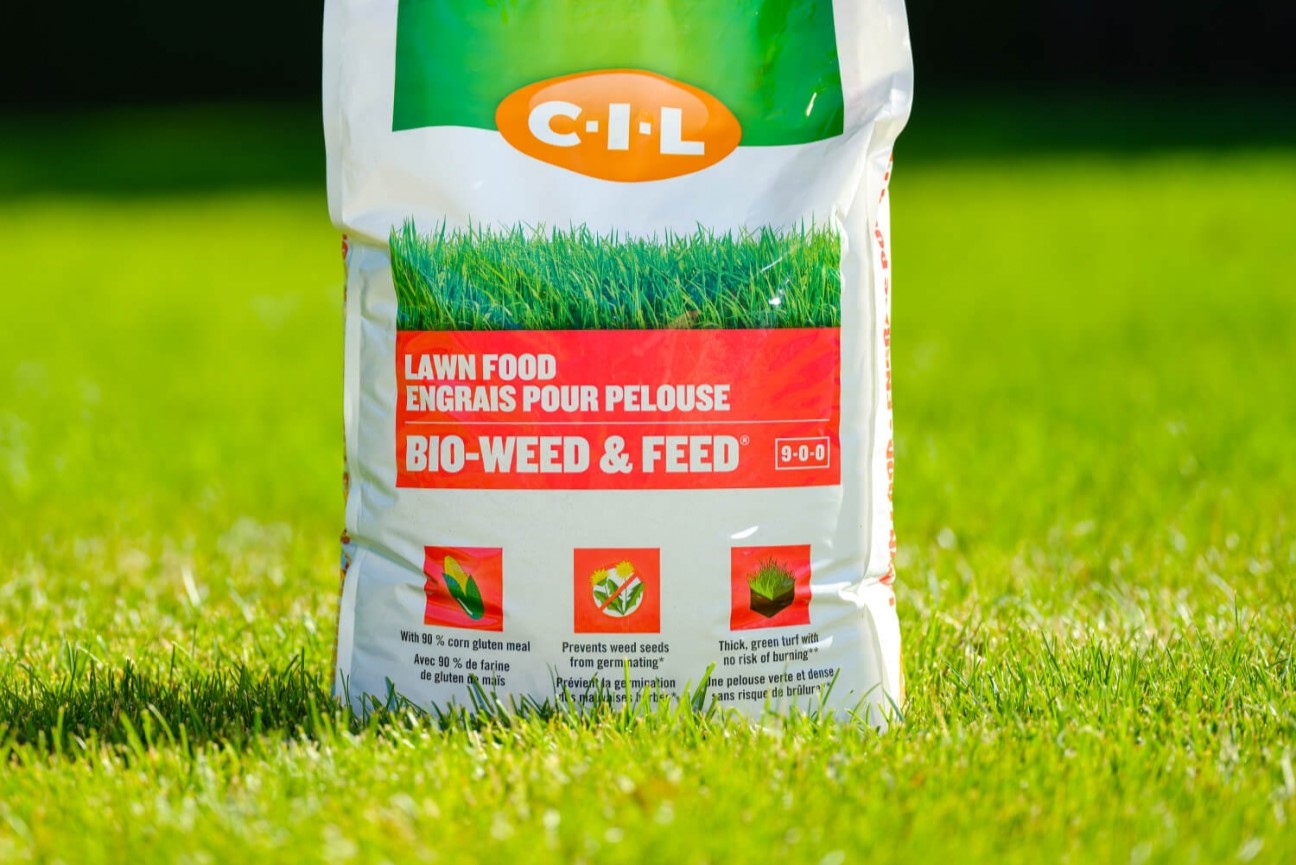

Landscaping Ideas
When To Cut Grass After Weed And Feed
Modified: October 19, 2024
Learn the best landscaping ideas for when to cut grass after weed and feed. Discover effective tips and techniques to maintain a healthy and vibrant lawn.
(Many of the links in this article redirect to a specific reviewed product. Your purchase of these products through affiliate links helps to generate commission for Storables.com, at no extra cost. Learn more)
Introduction
Keeping a lush, green lawn is a source of pride for many homeowners. Achieving a healthy and vibrant lawn often involves using products like weed and feed to control unwanted plants while nourishing the grass. However, knowing when to cut the grass after applying weed and feed is crucial for maintaining a thriving lawn. In this article, we’ll explore the best timing for mowing the lawn after using weed and feed, as well as the factors that should be considered to ensure the health and beauty of your grass.
Key Takeaways:
- Wait 2-3 days after using weed and feed before mowing to let the product work effectively and nourish the grass, promoting a healthy and beautiful lawn.
- Consider weather, grass type, weed infestation, and grass height when deciding when to mow after applying weed and feed for optimal lawn care results.
Understanding Weed and Feed
Weed and feed products are designed to serve a dual purpose in lawn care. These products typically contain herbicides to target and eliminate weeds, along with fertilizers to provide essential nutrients to the grass. The herbicides work to control broadleaf weeds such as dandelions, clover, and chickweed, effectively reducing their presence in the lawn. Meanwhile, the fertilizers supply vital elements like nitrogen, phosphorus, and potassium, which are essential for the grass’s growth and overall health.
It’s important to note that weed and feed products come in various formulations, each tailored to specific types of grass and weed varieties. Before applying any weed and feed product, it’s crucial to identify the type of grass in your lawn and the specific weeds you are targeting. This information will help you select the most suitable weed and feed product for your lawn’s needs.
When applying weed and feed, it’s essential to follow the instructions provided by the product manufacturer. This includes adhering to the recommended application rates and being mindful of any specific guidelines regarding mowing after the application. Understanding the composition of the weed and feed product and its intended effects on the grass and weeds is fundamental to making informed decisions about lawn maintenance following its application.
Timing for Cutting Grass After Weed and Feed
After applying weed and feed to your lawn, it’s crucial to consider the timing for mowing the grass. Typically, it’s recommended to wait at least 2-3 days after applying weed and feed before mowing the lawn. This waiting period allows the herbicides in the product to be absorbed by the weeds and begin their action, while also giving the fertilizers enough time to be taken up by the grass and provide the necessary nutrients.
Mowing too soon after applying weed and feed can diminish the effectiveness of the product. If the grass is cut too shortly after the application, it may reduce the herbicide’s contact time with the weeds, limiting its ability to control them effectively. Additionally, premature mowing can also disrupt the distribution of the fertilizer, potentially hindering its absorption by the grass.
On the other hand, waiting too long to mow the lawn after applying weed and feed can also have drawbacks. Overgrown grass can make it challenging for the herbicides to reach the targeted weeds effectively. Moreover, delaying mowing for an extended period can lead to an uneven and unkempt appearance of the lawn, detracting from its overall aesthetic appeal.
Ultimately, the goal is to strike a balance by allowing sufficient time for the weed and feed product to take effect while ensuring that the grass is at an appropriate length for mowing. This balance maximizes the product’s efficacy in controlling weeds and promoting the health and vigor of the grass.
Wait at least 2-3 days after applying weed and feed before cutting the grass. This allows the product to be absorbed by the weeds and not be removed by mowing.
Factors to Consider
When determining the optimal time to mow the lawn after applying weed and feed, several factors should be taken into account to promote the best outcomes for your grass and overall lawn care efforts.
- Weather Conditions: The prevailing weather conditions play a significant role in deciding when to mow the lawn after using weed and feed. Ideally, it’s best to avoid mowing immediately after applying the product if heavy rain or intense heat is forecasted. Mowing under such conditions can diminish the effectiveness of the weed and feed, as well as place additional stress on the grass.
- Grass Type: Different types of grass may respond differently to weed and feed applications and subsequent mowing. Understanding the specific characteristics and growth patterns of your grass type can help in determining the most suitable timing for mowing after using weed and feed.
- Weed Infestation: The severity of weed infestation in the lawn can influence the timing of mowing after applying weed and feed. If the lawn has a substantial weed presence, allowing sufficient time for the herbicides to take effect before mowing becomes even more critical to achieve effective weed control.
- Height of Grass: The height of the grass is a crucial factor to consider when deciding when to mow after applying weed and feed. It’s generally recommended to mow the grass at a height that allows for optimal nutrient absorption and promotes healthy growth, while also maintaining an aesthetically pleasing lawn.
- Product Instructions: Following the specific guidelines and recommendations provided by the weed and feed product manufacturer is essential. These instructions often include valuable insights into the ideal timing for mowing after application, taking into consideration the product’s formulation and intended effects.
By carefully considering these factors and assessing the unique characteristics of your lawn, you can make informed decisions regarding the timing of mowing after applying weed and feed, ultimately contributing to the overall health and beauty of your lawn.
Conclusion
Understanding the optimal timing for cutting grass after applying weed and feed is a crucial aspect of maintaining a healthy and vibrant lawn. By allowing the weed and feed product sufficient time to take effect before mowing, you can maximize its efficacy in controlling weeds and nourishing the grass. Balancing this timing with considerations such as weather conditions, grass type, weed infestation, and grass height is essential for promoting the overall well-being of your lawn.
Ultimately, the goal is to achieve a harmonious balance between the application of weed and feed, the subsequent mowing of the lawn, and the natural growth and development of the grass. By adhering to product instructions, being mindful of weather conditions, and considering the unique characteristics of your lawn, you can make informed decisions that contribute to the long-term health and beauty of your outdoor space.
By understanding the interplay between weed and feed applications and lawn maintenance practices, you can cultivate a lush, green lawn that becomes a source of pride and joy for you and your family. With the right timing and care, you can enjoy the rewards of a well-maintained lawn that enhances the overall appeal of your property.
Frequently Asked Questions about When To Cut Grass After Weed And Feed
Was this page helpful?
At Storables.com, we guarantee accurate and reliable information. Our content, validated by Expert Board Contributors, is crafted following stringent Editorial Policies. We're committed to providing you with well-researched, expert-backed insights for all your informational needs.
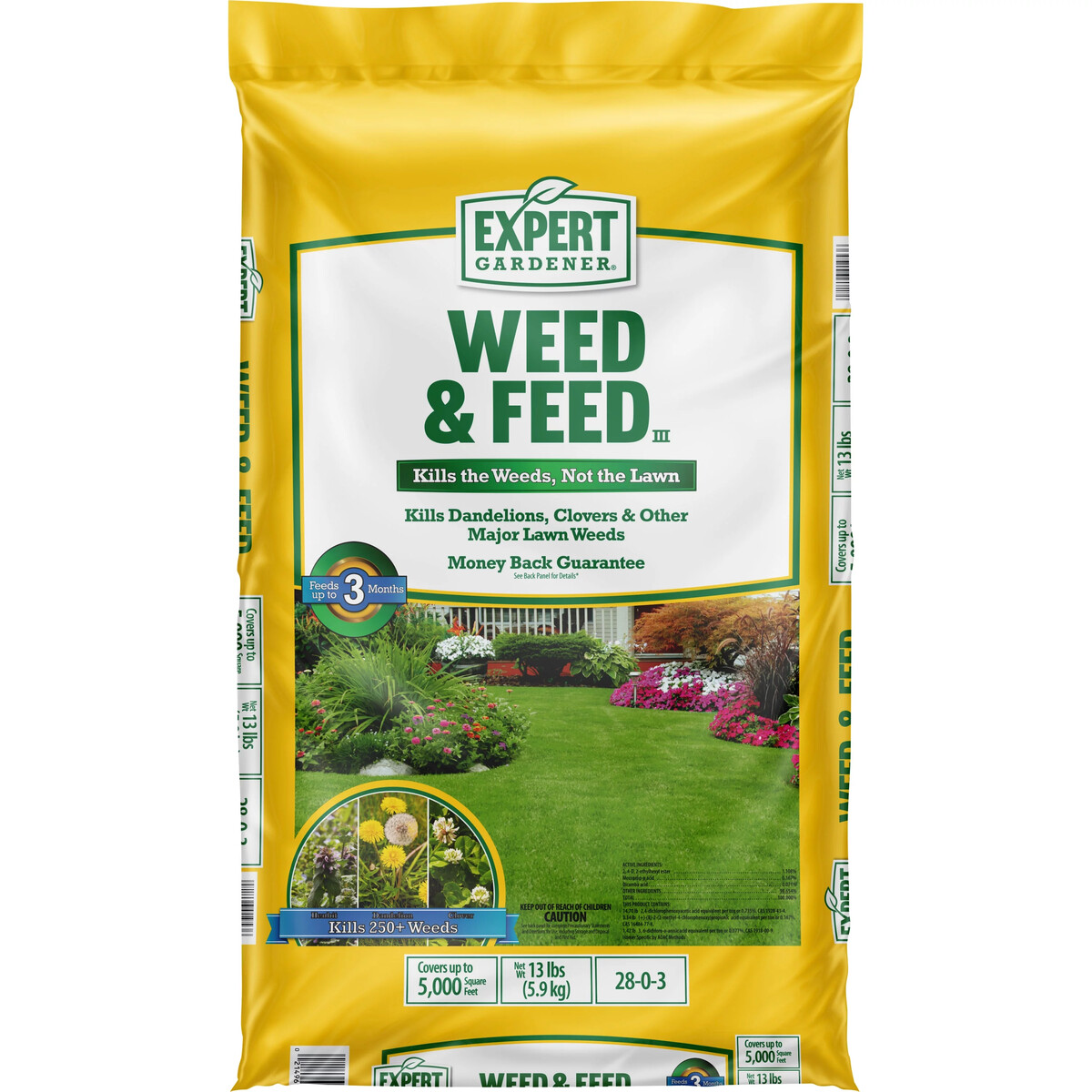
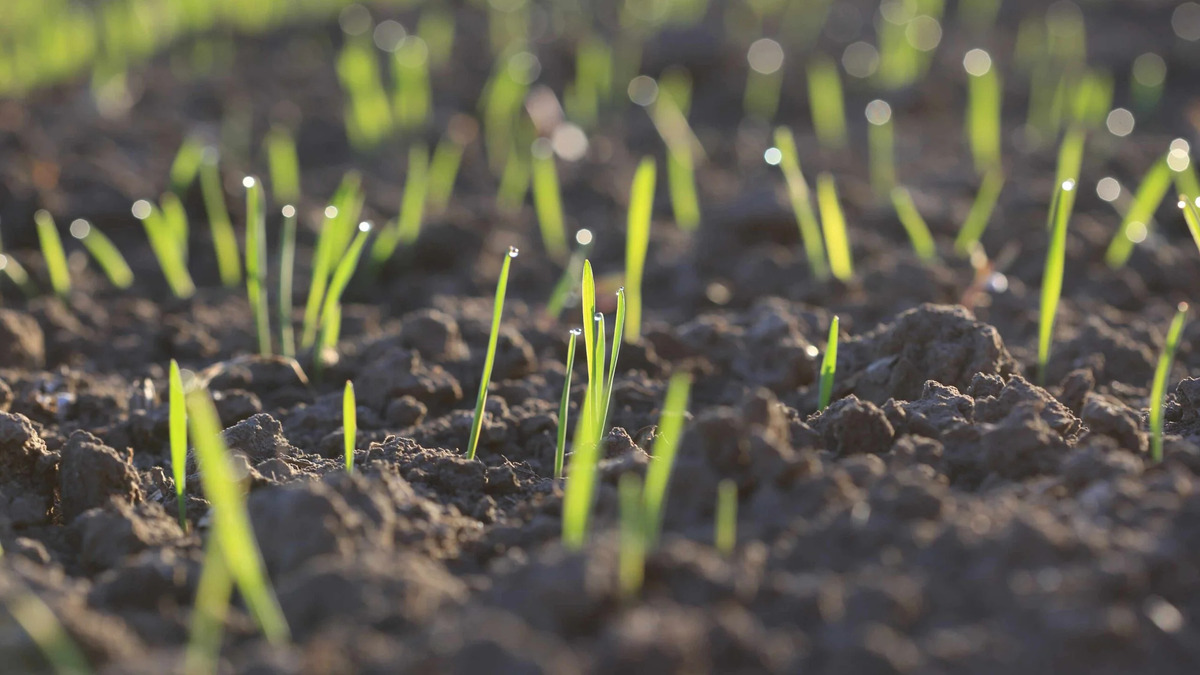
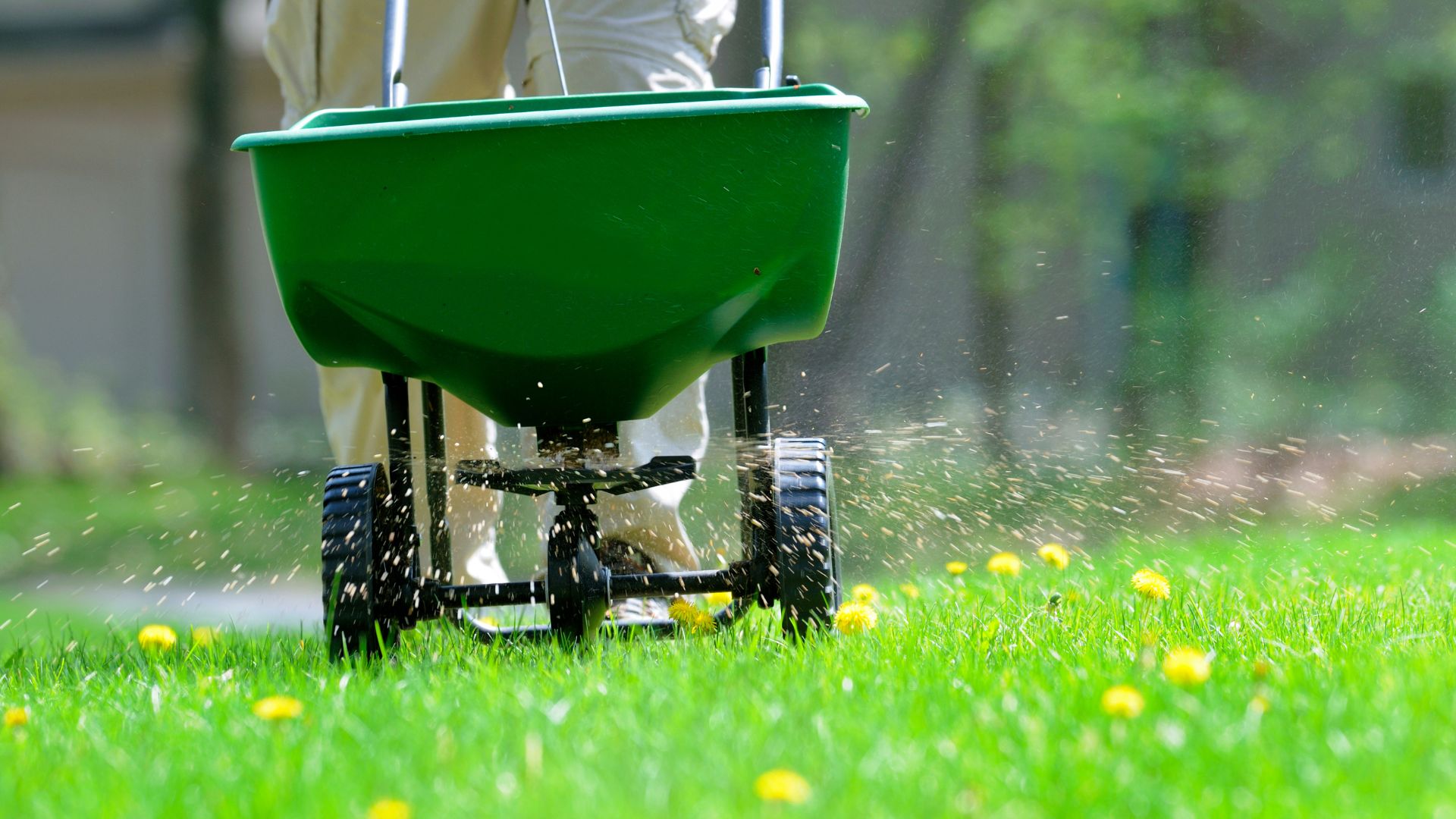
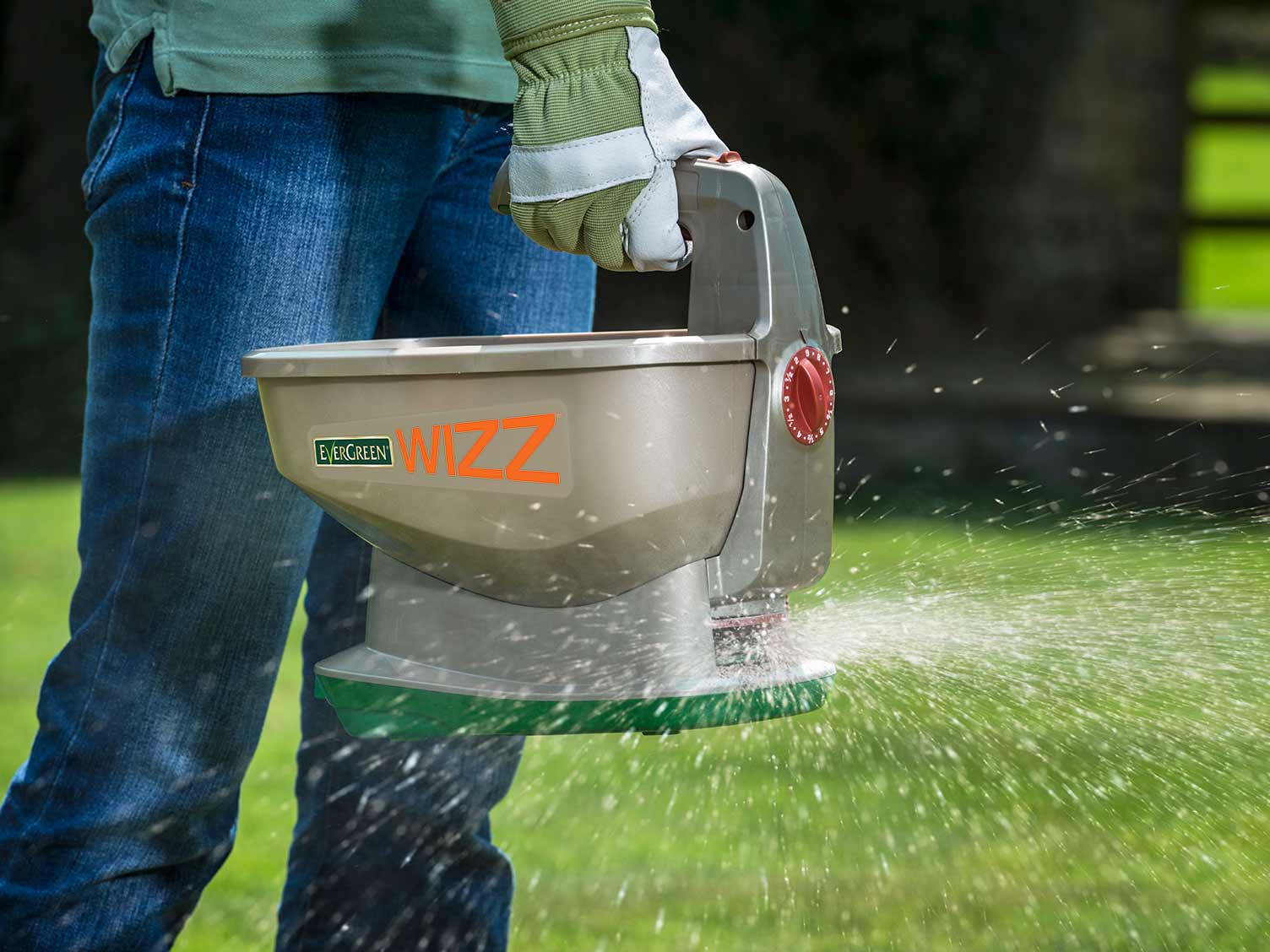
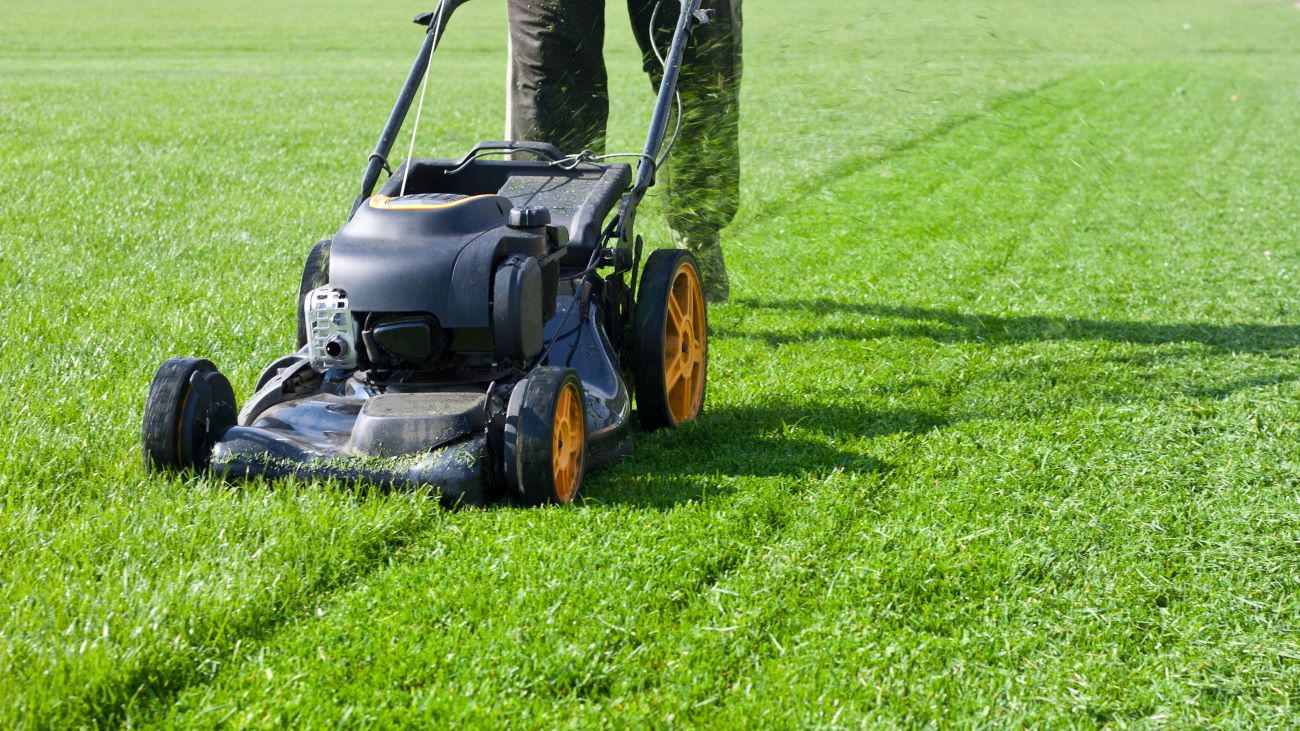
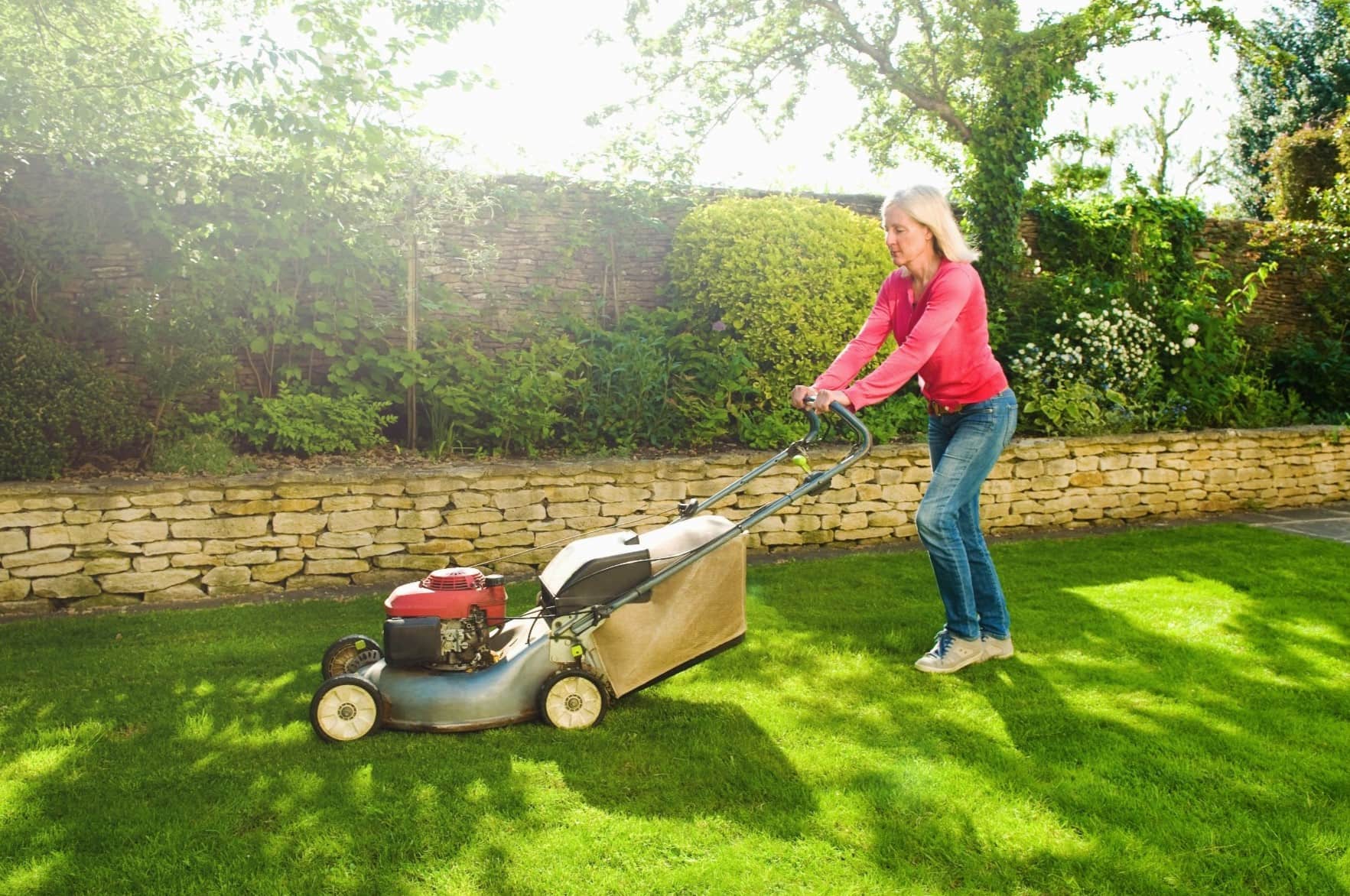
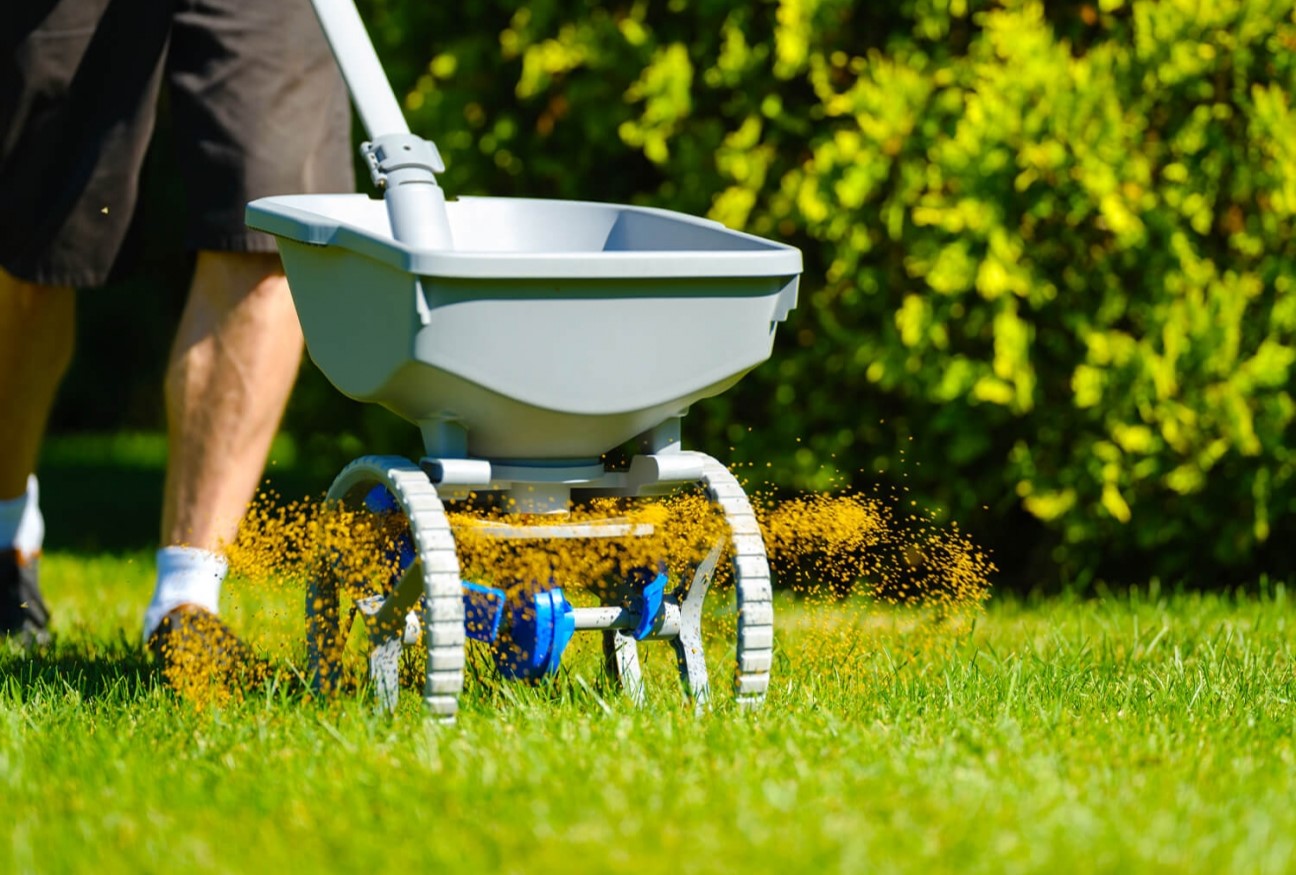
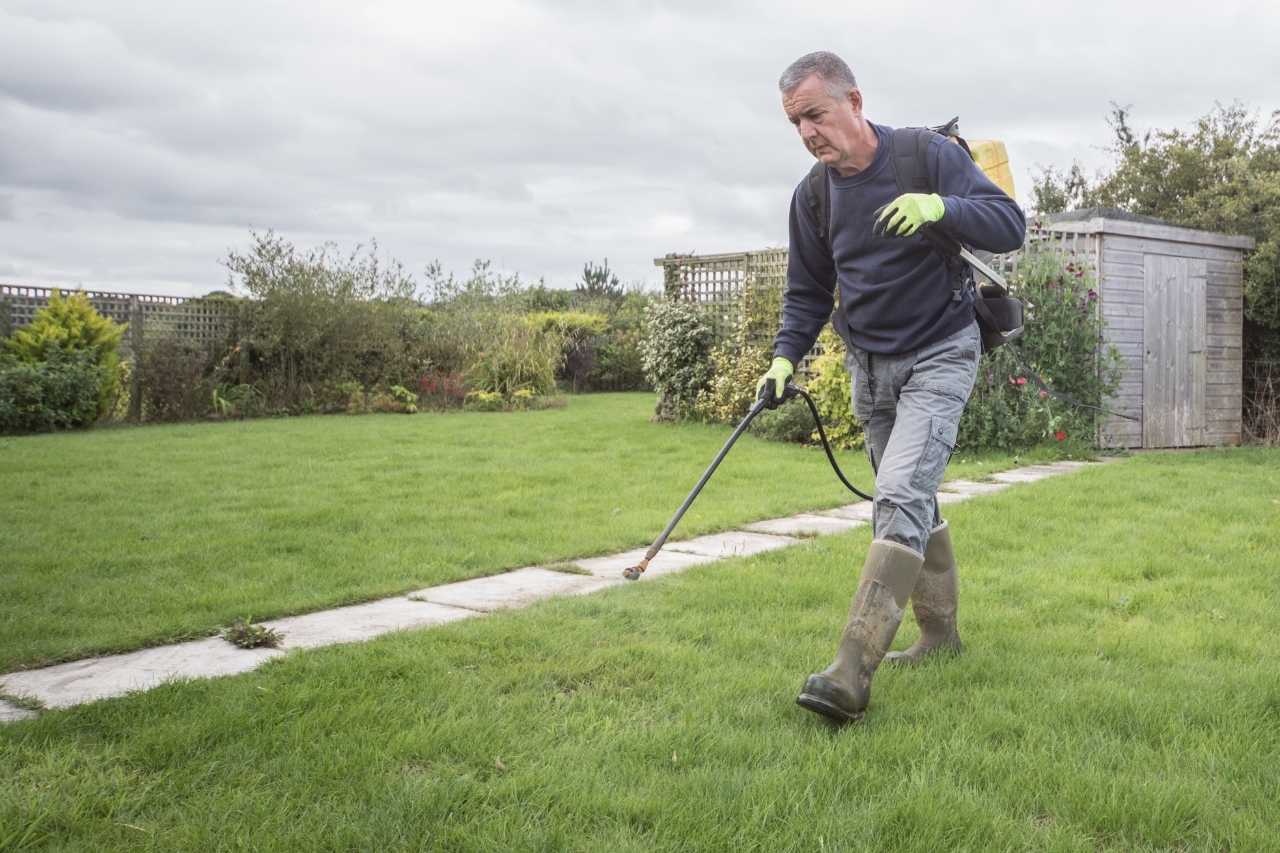
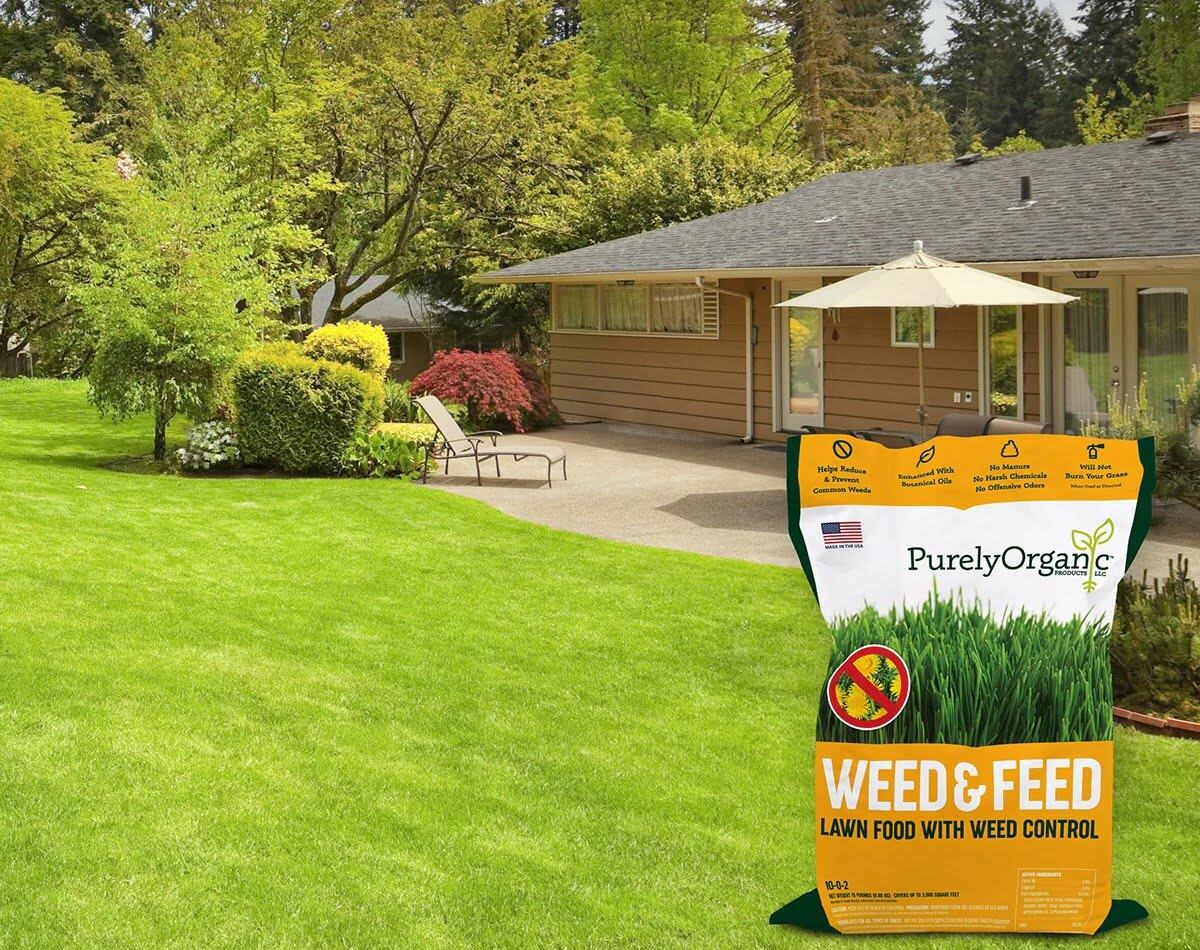
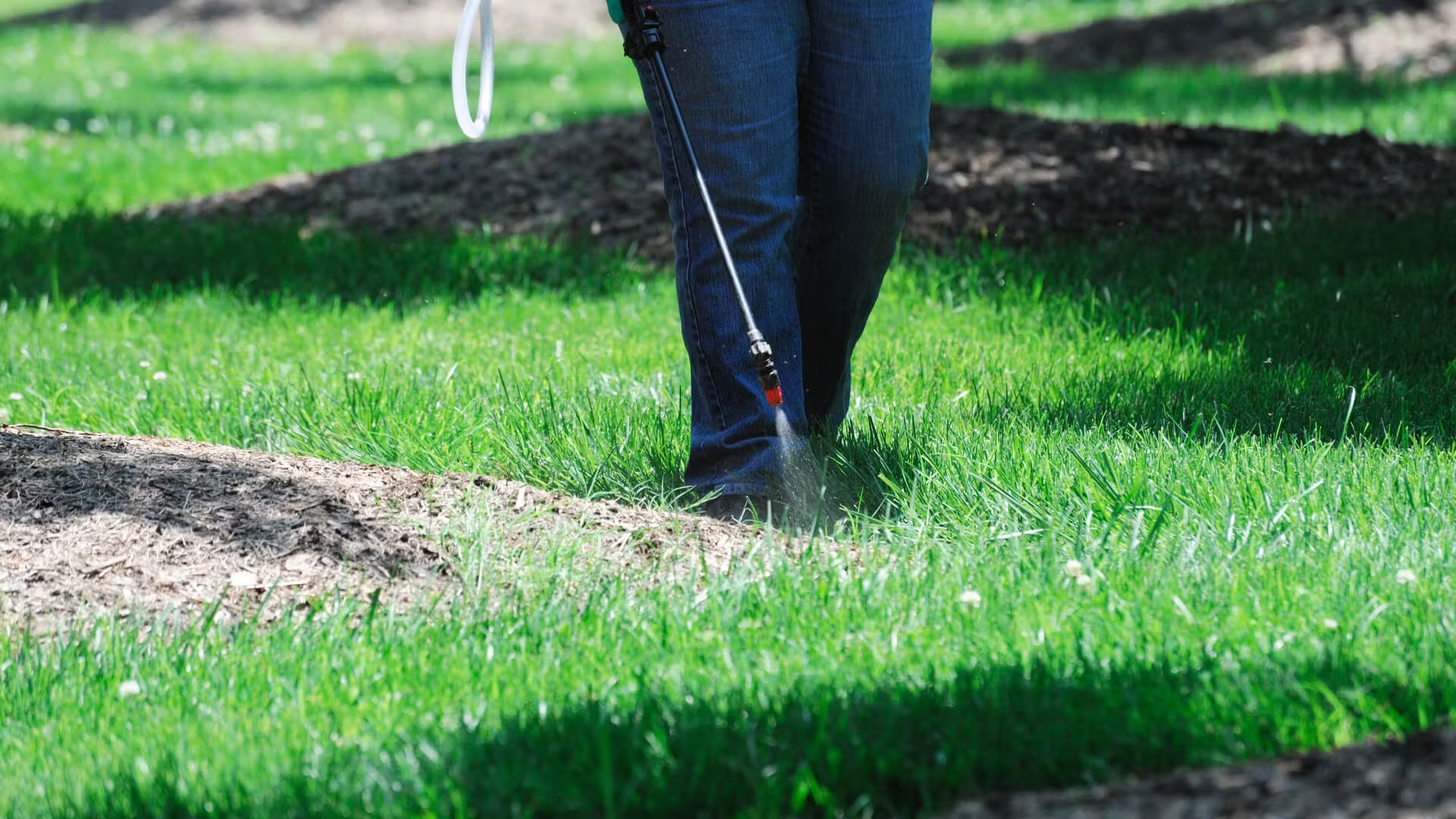
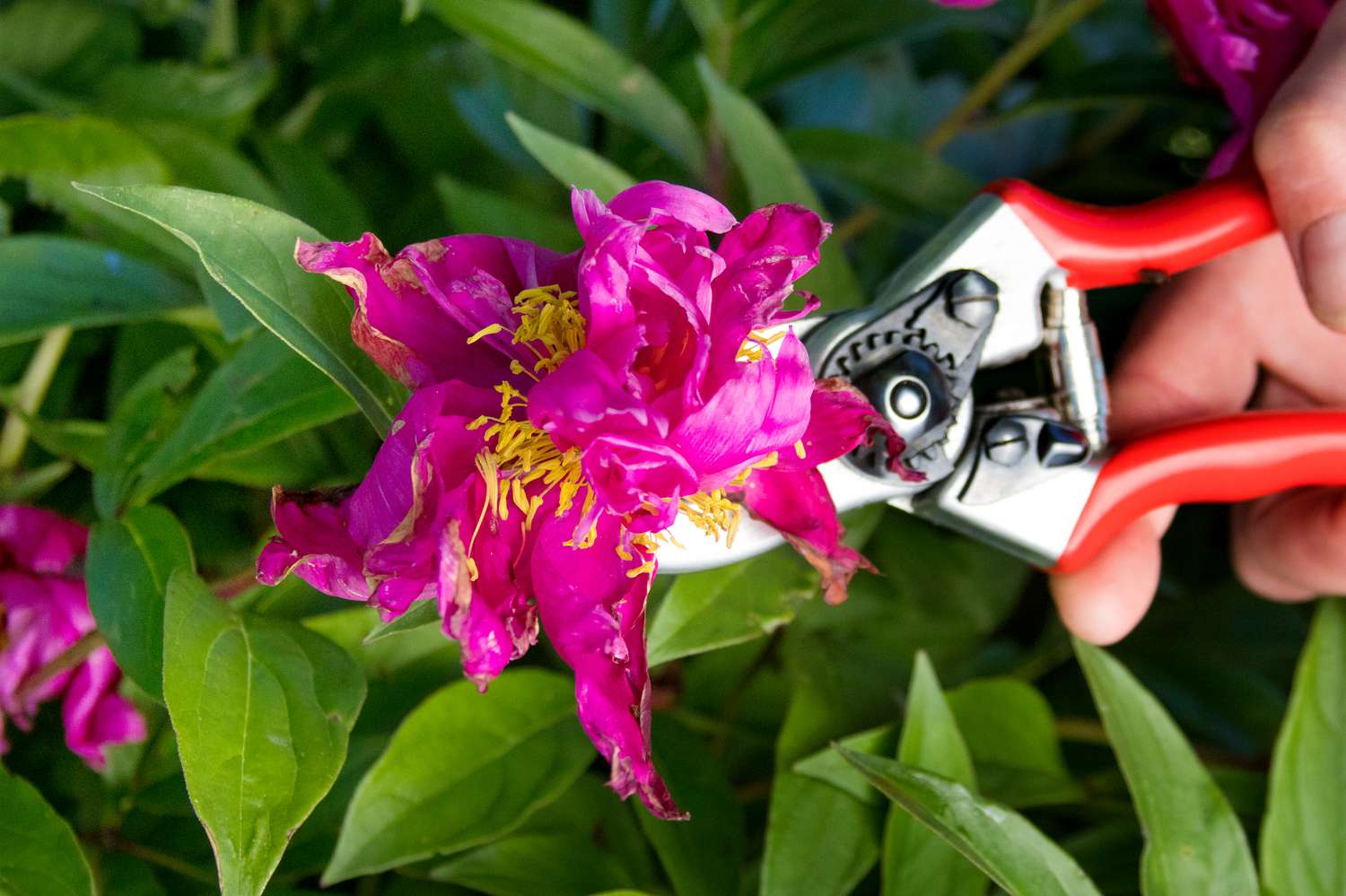
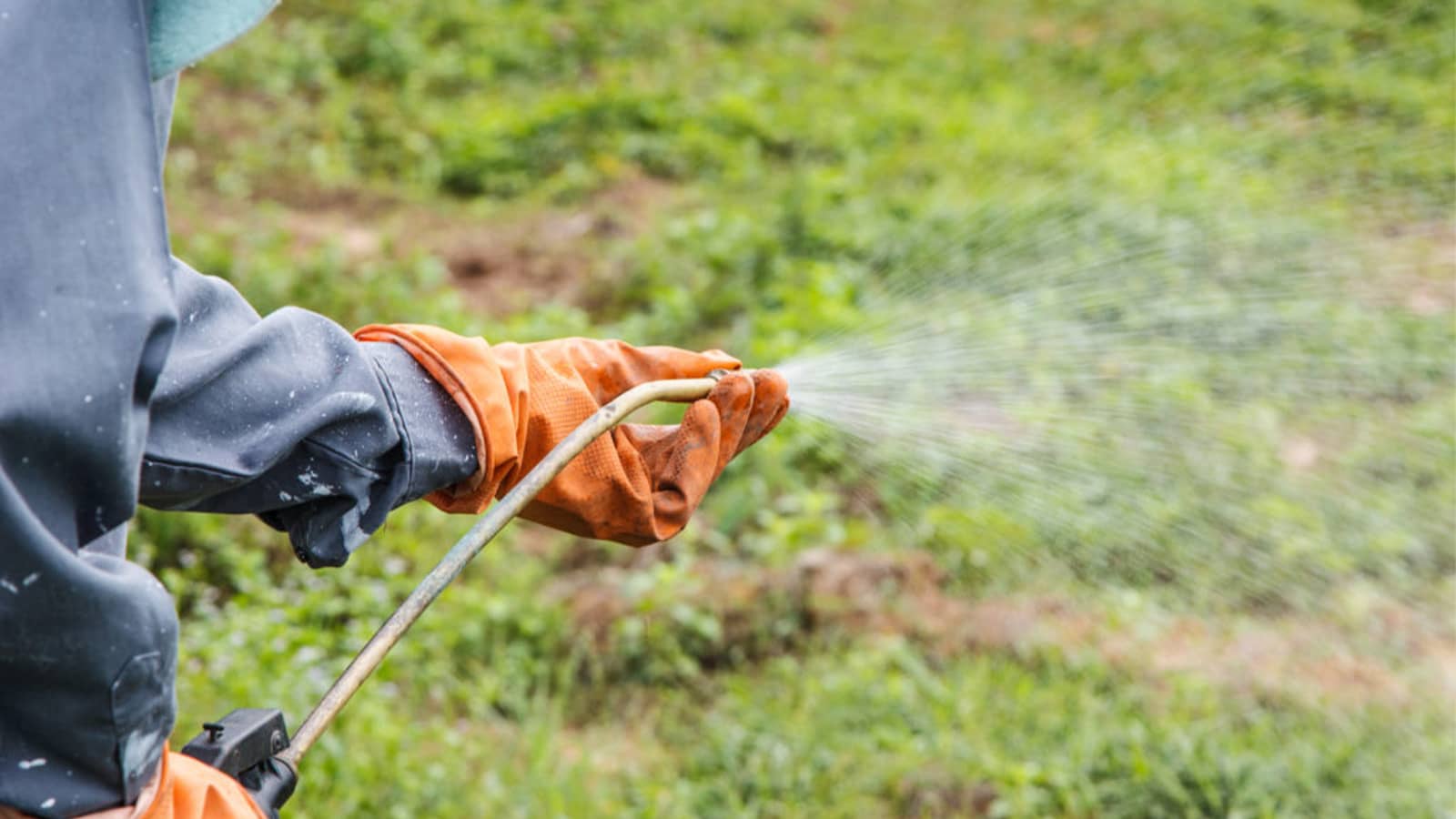
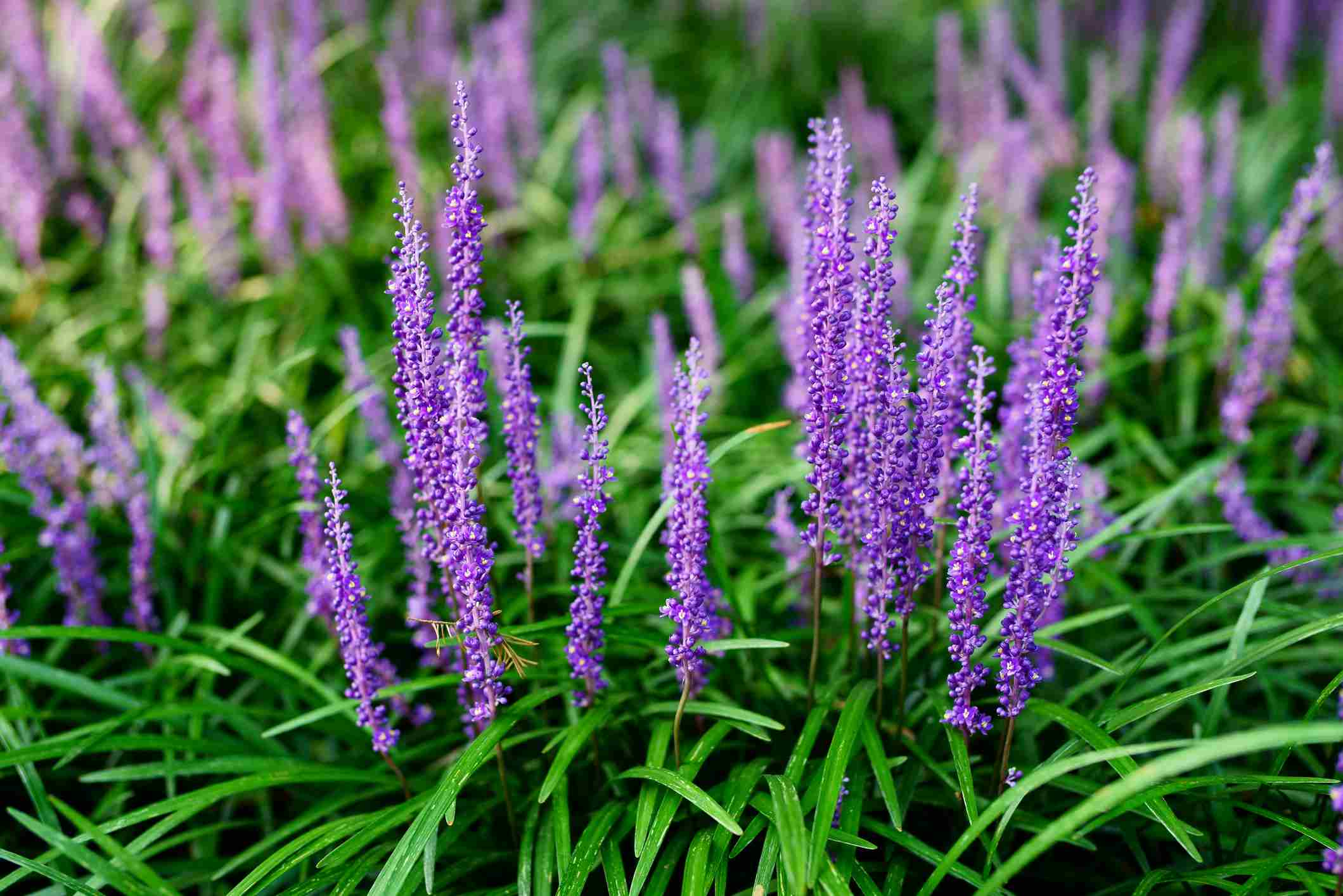

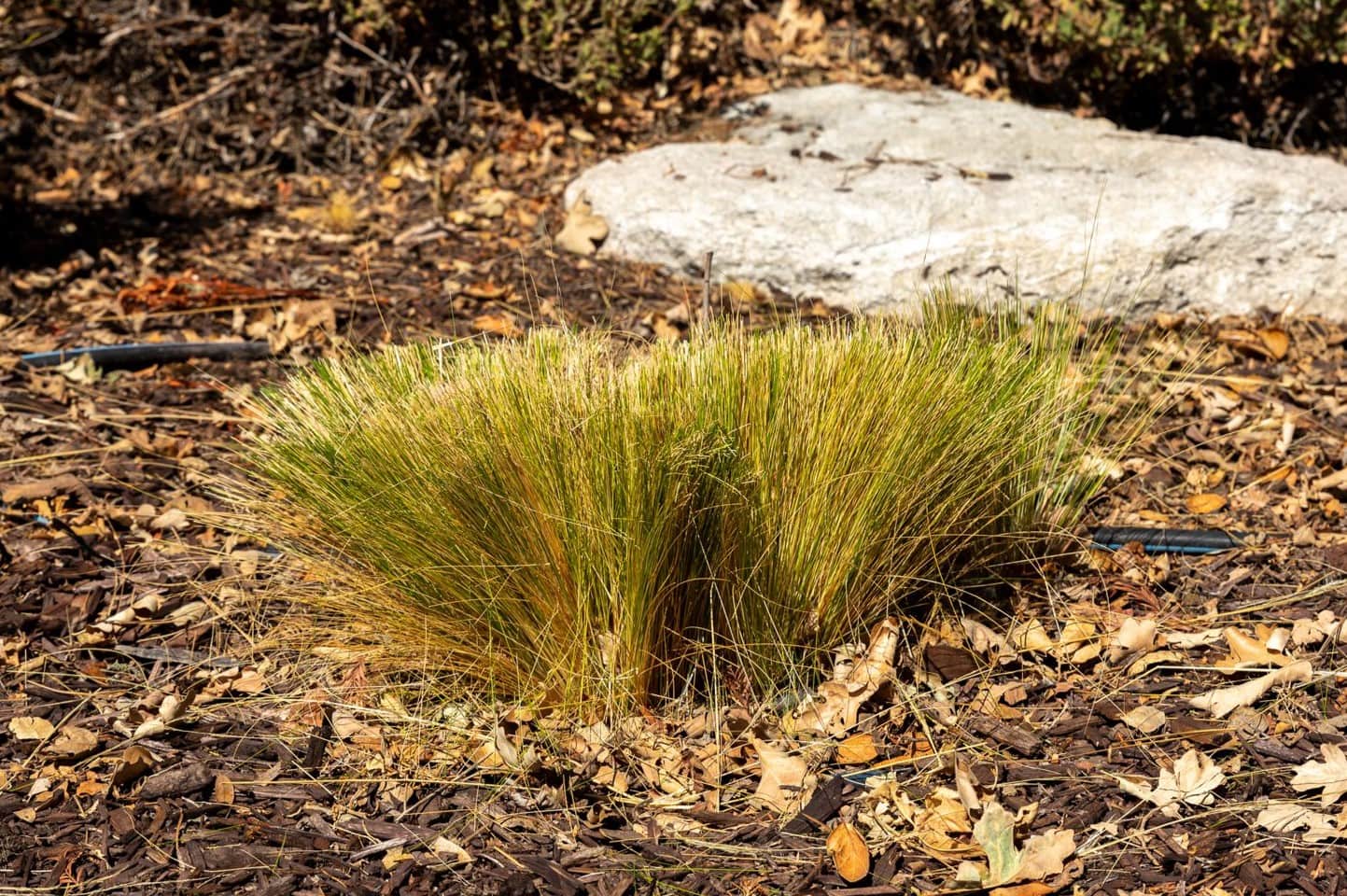

0 thoughts on “When To Cut Grass After Weed And Feed”